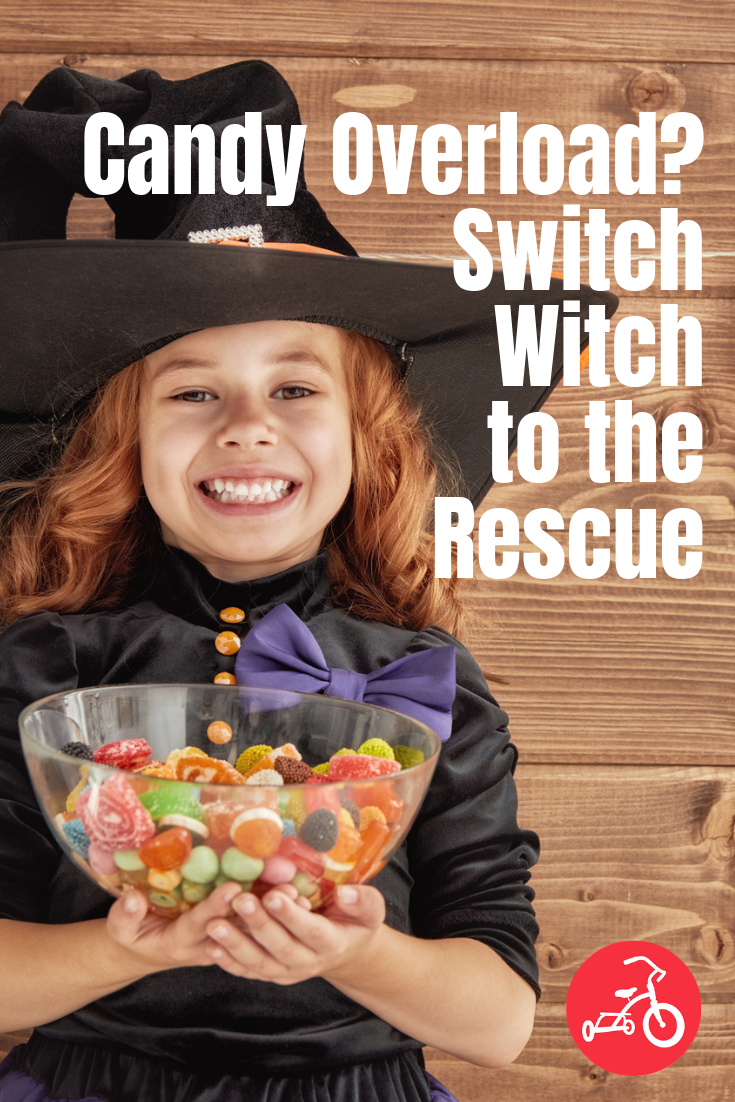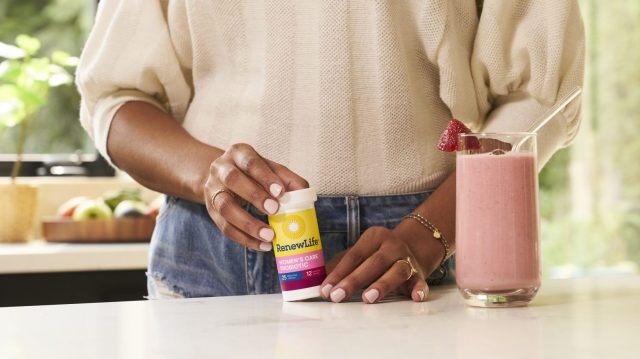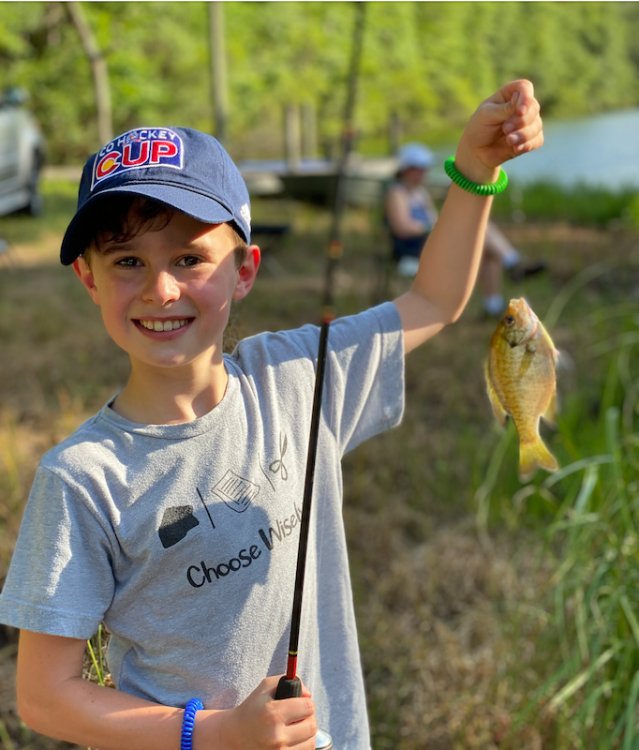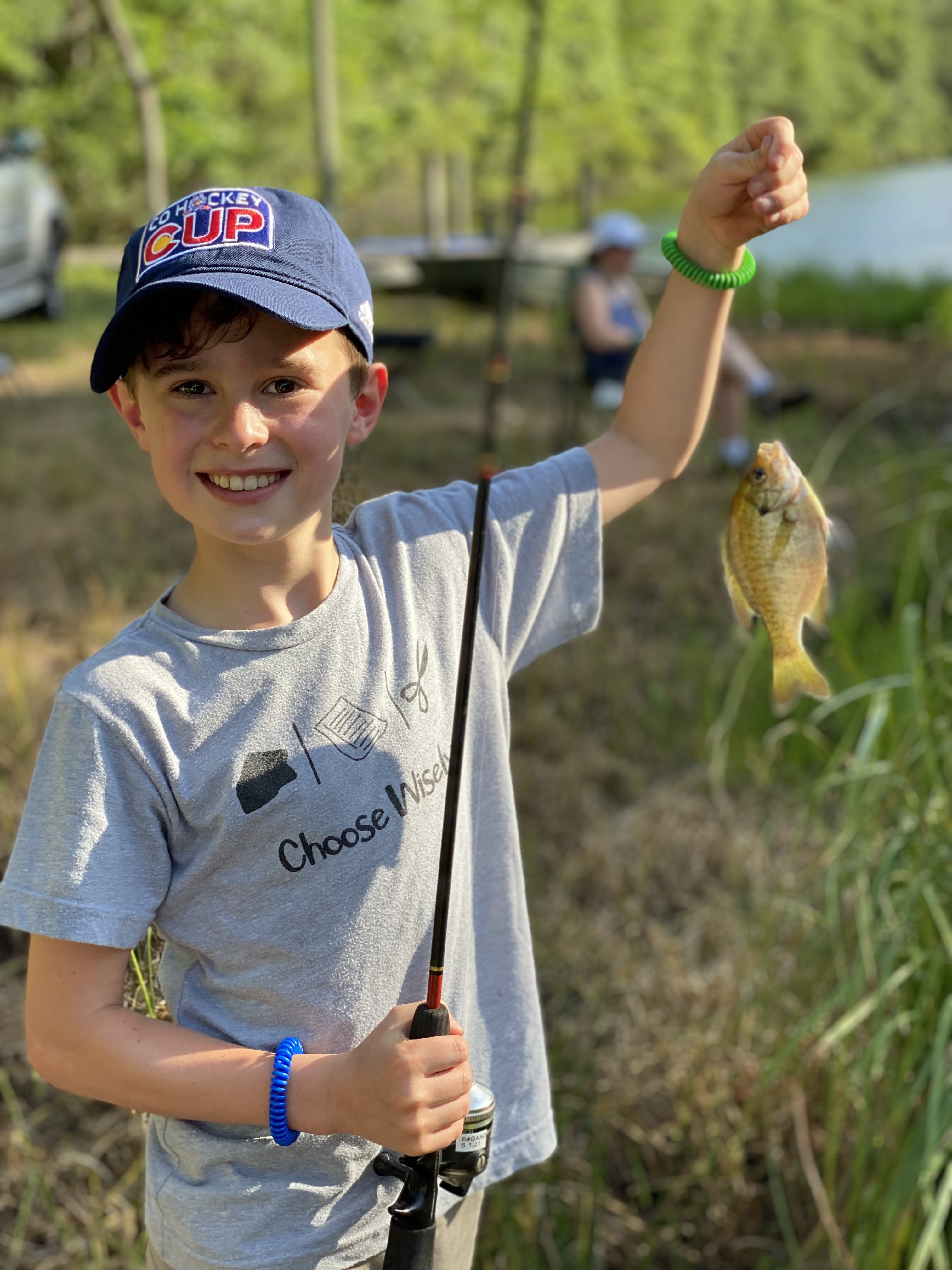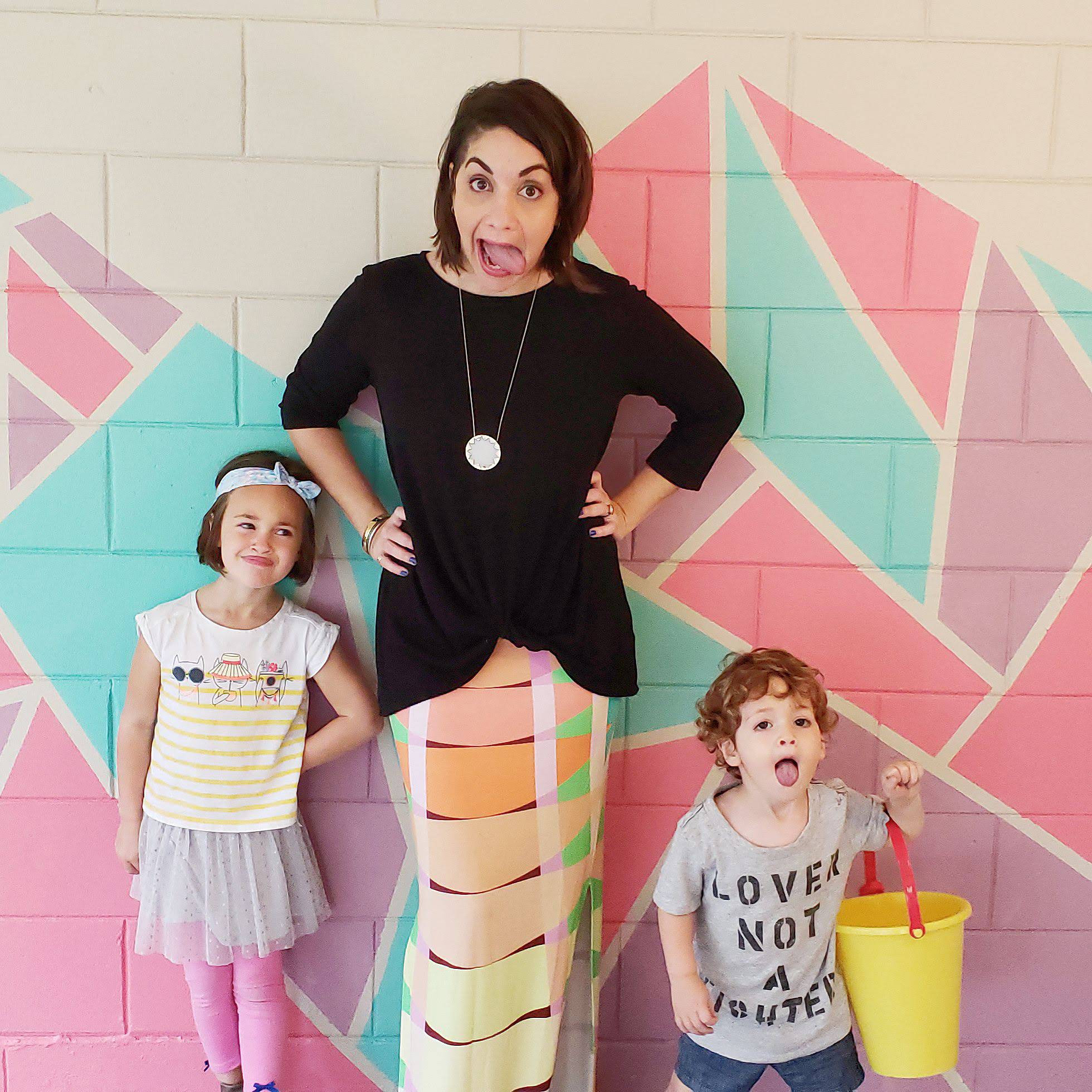It’s a conversation no parent wants to have, but if you have to, here’s what you can tell your child
As unfortunate as it might be, lockdown drills have become a regular occurrence at most public schools across the country, in some places as commonplace now as fire drills. And though they can be scary for young children, they’re necessary. They help to prepare and educate children about the proper and safe way to act in case of an emergency.
The first time our local elementary school did a lockdown drill when my son was in kindergarten, he came home a little shaken up. It’s not easy to explain to your child why lockdown drills are necessary or what exactly they’re protecting them against without inciting fear. But there are some strategies available for speaking to your children about the importance and purpose of lockdown drills. Here are just a few.
1. Stay Calm
Children often react first to an adult’s reaction, then to whatever situation is causing the reaction. For example, if your child falls and scrapes their knee. Their initial reaction might be to cry when they see the blood or because it hurts. But the severity of their reaction will have a lot to do with how you, as the parent, react. If you start panicking, your child will panic too because they’ll think there’s reason to: “If mommy is getting upset there must be something really wrong!”
This theory holds true for discussing lockdown drills. If you approach the subject with a calm and even tone, your child will not be initially alarmed. They’re more apt to calmly sit and listen to what you have to say. Acting in a paranoid or fearful way will only instill unnecessary fear in your child.
2. Be Open to Questions
You want your child to feel comfortable asking you questions, about anything in life, but especially about something they’re concerned or curious about. Try not to meet their questions with resistance or negativity. Be open to whatever is going on in their minds. The more knowledge and understanding of the situation they have, the more comfortable they may become with the practice.
3. Use Comparisons
It’s sometimes easier for children to understand a new concept when they have a familiar reference to compare it to. The most common and logical comparison to a lockdown drill is a fire drill. Most children are familiar with fire drills before they even enter public school. Many daycare and childcare centers are required to perform routine fire drills. You might even have a fire plan in place for your home.
Explain to your child that a lockdown drill is very similar to a fire drill. It’s something the schools use just in case of an emergency and for practice because practice makes perfect! You can even compare practicing drills to wearing a helmet or seat belt. You do these things to be safe, just in case there’s an accident or your child falls off their bike. These things may never happen, but if they do, you’re protected.
The more relaxed and less serious you remain while discussing lockdown drills, the more relaxed your child will be. Emphasize that lockdown drills aren’t just for the students but for teachers as well and that they’re designed to keep everyone safe.
4. Helping Them Understand the Threat
But as we know, lockdown drills are in place for a very serious reason. It’s perfectly fine to ease your young child’s mind by making “light” of the situation and explaining that it’s simply for practice. But your inquisitive child will likely ask what a lockdown drill is keeping them safe from.
They already view teachers and other adults as authority figures. Explain to your child that sometimes, adults and teachers see a potential threat or something unsafe that children don’t see. This threat may be nothing, but until the adults can determine that, a lockdown drill is a good way to keep them safe.
Your child’s next question might be, “Well, what kind of unsafe stuff?” My son is 7 and I try to be as honest with him as possible, without striking fear. He knows that people make poor choices at times—from his friends in class to adults. When discussing what threats lockdown drills are addressing, explain that it’s the school’s job to keep the children safe from any adults around that might be making poor choices. There’s really no need to explain further what those choices are.
I often tell my son, “Sometimes people just do things that we don’t understand. Things that we would never do.” If your child is a little bit older you can go as far as to say, “Sometimes people get angry and confused and end up hurting people.” You know your child best, so offer as much or as little explanation as you think is appropriate or necessary.
5. Encourage Your Child to Be a Helper
Most kids love nothing more than being a helper, especially to adults! Making children part of what’s going on is a great way to involve them in their own safety practice, such as lockdown drills.
The teachers at my son’s school wear whistles on their school lanyards. During a lockdown drill, the teacher is supposed to pop their head out the classroom door into the hallway and blow their whistle three times. This alerts anyone in the hallway or neighboring classrooms that a lockdown is in place, in case they aren’t already aware. The teacher then locks the classroom door and the children take their positions. It’s my son’s job to remind his teacher to blow the whistle. Other students have other “jobs” like reminding her to pull down the shades or helping their friends find their special hiding spots.
By involving children in the lockdown process, you’re empowering them with a sense of responsibility and involvement. This can help to ease their worry. It also gives them something to focus on, distracting them from any fear they might be experiencing.
Try asking your child about the lockdown drill process. “So, what do you do first?” or “What happens next?” Become excited and involved in what’s happening. Your child will feel important and may view the drill as a necessary “job” they have, not as a scary experience.
6. Always be Available
It’s important to always be available for your child to ask questions, voice their concerns and simply listen to what they have to say. The first few lockdown drills your child experiences might be scary for them, but over time, they should become more comfortable with the process. If you need further information or help explaining lockdown drills with your child, speaking to your school’s principal or the district superintendent can offer additional help and resources about your specific school district’s procedures.
















